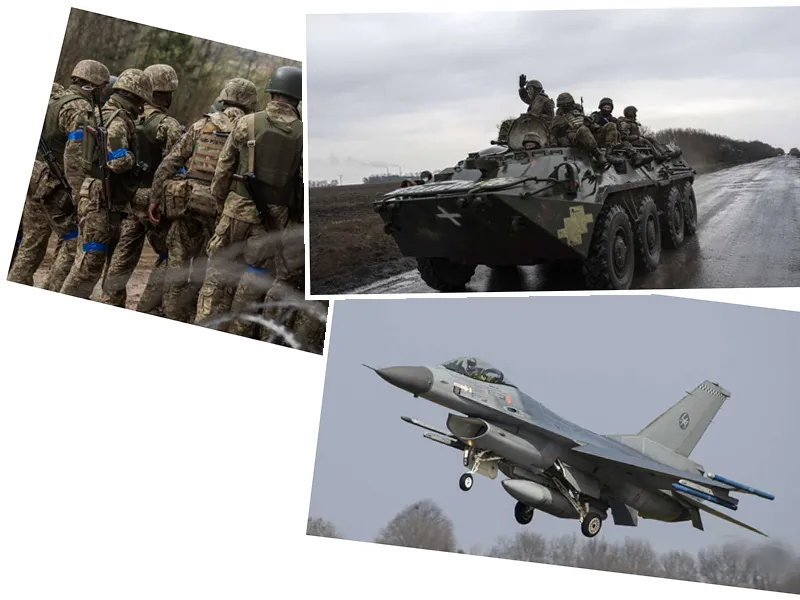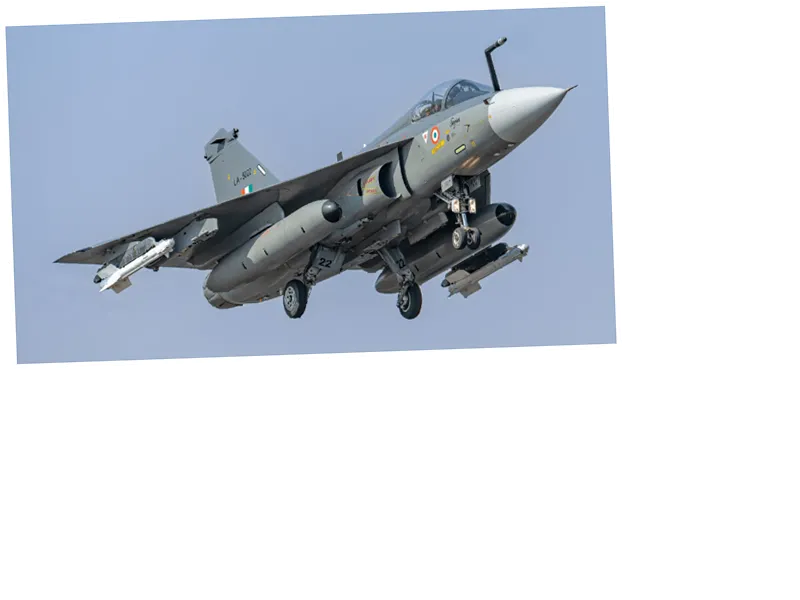The F-35's operational challenges highlight the complexities of integrating advanced technology into military aviation, raising questions about the balance between cost and effectiveness.
The report underscores the importance of rigorous maintenance and operational readiness for advanced military aircraft, particularly in high-stakes environments.
If the technical issues are not addressed, the F-35 may face increased scrutiny from military leaders and potential reevaluation of its role in future combat operations.
Lockheed Martin may need to invest further in research and development to resolve these issues and restore confidence in the F-35's capabilities.
A recent secret Pentagon report has revealed significant technical and operational failures of the F-35 fighter jet, one of the most expensive military aircraft ever developed, with costs exceeding $1.8 trillion. The report, highlighted by the Israeli newspaper Yedioth Ahronoth, outlines critical issues that could undermine the aircraft's effectiveness, particularly concerning its stealth capabilities and diagnostic systems.
The F-35's stealth system, designed to allow it to evade detection by advanced air defense systems, has been found to underperform in real combat scenarios. Despite Lockheed Martin's assurances, the report indicates a deterioration in the stealth features, increasing the risk of detection by enemy systems, especially from nations like Russia and China.
Another major concern is the aircraft's diagnostic and warning system, which is supposed to alert pilots and maintenance crews to faults. The report notes a troubling rate of false alarms, occurring once every hour instead of the expected once every 50 hours, complicating maintenance efforts and wasting resources.
Additionally, the F-35's integrated cannon has been reported to struggle with target accuracy due to design flaws, raising questions about its effectiveness in combat against advanced adversaries. Maintenance issues are further compounded by problems with the aircraft's stealth paint, which is crucial for radar invisibility but has not been consistently maintained to required standards.
Despite these challenges, Israel has successfully utilized the F-35 in various military operations since its introduction in 2016, including missions in Syria and confrontations with Iranian forces. The aircraft has been credited with significant achievements, including the interception of Iranian drones. However, the Pentagon report casts doubt on the long-term viability of the F-35, questioning whether its high costs are justified given the persistent technical issues.





